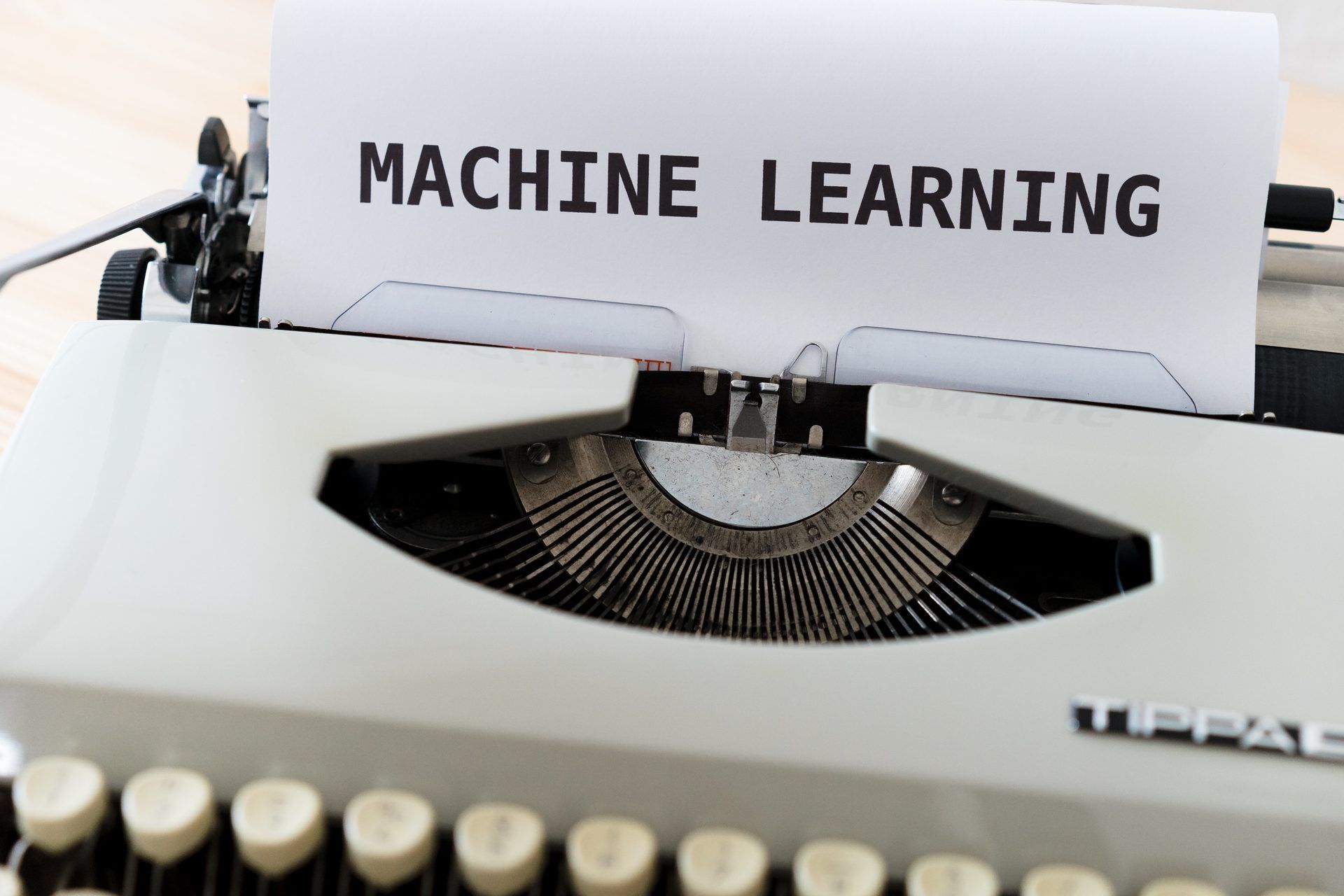The much-awaited comparison is finally here: machine learning vs data science. The terms “data science” and “machine learning” are among the most popular terms in the industry in the twenty-first century. These two methods are being used by everyone, from first-year computer science students to large organizations like Netflix and Amazon.
The fields of data science and machine learning are related to the use of data to improve the development of new products, services, infrastructure systems, and other things. Both correspond to highly sought-after and lucrative job options. But, they are not the same. So, what are the differences?
Machine learning vs data science: What is the difference?
Machine learning is the study of developing techniques for using data to enhance performance or inform predictions, while data science is the study of data and how to extract meaning from it.
Similar to how squares and rectangles are related to one another but not the other way around. Machine learning is the square that is its entity, whereas data science is the all-encompassing rectangle. Data scientists frequently employ both in their work, and practically every industry quickly embraces them.

The terms “machine learning” and “data science” are quite trendy. Even though these two words are frequently used interchangeably, they shouldn’t be considered synonymous. However, do not forget that machine learning is a part of data science, even though the topic is very broad and has many tools. So, what distinguishes them then? First, let’s briefly remember what they are.
What is data science?
As the name says, data science is all about the data. As a result, we can define it as “An area of a thorough study of data, including extracting relevant insights from the data, and processing that information using various tools, statistical models, and machine learning algorithms.” Data preparation, cleansing, analysis, and visualization are all included in this big data management paradigm.
Data scientists gather raw data from various sources, prepare and preprocess it, and then apply machine learning algorithms and predictive analysis to glean actionable insights from their gathered data. For instance, Netflix uses data science approaches to analyze user data and viewing habits to comprehend consumer interests.

Check out and learn about data science:
- Most popular data science techniques
- Best data science boot camps (and why are they so popular)
- How data science conquers the customer journey (with examples)
- What did Nvidia announce at GT 2022 about data science?
Data scientist skills
Skills needed to become a data scientist:
- Statistics
- Data mining and cleaning
- Data visualization
- Unstructured data management techniques
- Programming languages such as R and Python
- Understand SQL databases
- Use big data tools like Hadoop, Hive, and Pig
What is machine learning?
Artificial intelligence and the discipline of data science both include machine learning. Developing technology allows machines to complete a task and learn from previous data automatically.

Through machine learning, which uses statistical techniques to enhance performance and forecast outcomes without explicit programming, computers can learn from their prior experiences on their own. Email spam filtering, product suggestions, online fraud detection, etc., are some of the common uses of ML.
Check out and learn about machine learning:
- Real-life examples of machine learning
- What is linear regression in machine learning?
- Machine learning benefits for business
- How to manage the machine learning lifecycle?
- The history of machine learning
- What is quantum machine learning?
- What is machine learning engineering?
- How much are machine learning engineers’ salaries?
Machine learning engineer skills
Skills needed to become a machine learning engineer:
- Computer science fundamentals
- Statistical modeling
- Data evaluation and modeling
- Understanding and application of algorithms
- Natural language processing
- Data architecture design
- Text representation techniques
Comparison: Data science vs machine learning
Machine learning focuses on tools and strategies for creating models that can learn on their own by analyzing data, whereas data science investigates data and how to extract meaning from it.
A researcher who uses their expertise to develop a research methodology and who works with algorithm theory is often referred to as a data scientist. A machine learning engineer creates models. By conducting experiments on data, they strive to obtain specific reproducible outcomes while selecting the best algorithm for a certain problem.
The key distinctions between data science and machine learning are shown in the table below:
| Data Science | Machine Learning |
| Data science is the study of data and discovering hidden patterns or practical insights that aid in making better business decisions. | ML allows a system to learn from its prior data and experiences autonomously. |
| It categorizes the outcome for new data points and makes predictions. | ML allows a system to learn from its prior data and experiences autonomously. |
| It is a general phrase that covers several procedures for developing and using models for specific problems. | It is utilized in the data modeling phase of the entire data science process. |
| A data scientist needs to be proficient in statistics, programming in Python, R, or Scala, and big data tools like Hadoop, Hive, and Pig. | Basic knowledge of computer science, proficiency in Python or R programming, an understanding of statistics and probability, etc., are all necessary for a machine learning engineer. |
| It is compatible with unstructured, structured, and raw data. | For the most part, it needs structured data to work with. |
| Includes data gathering, data cleansing, data analysis, etc. | Includes supervised, unsupervised, and semi-supervised learning. |
| It is an interdisciplinary field | It is a subfield of data science |
| Popular applications of data science include healthcare analysis and fraud detection. | Popular applications of ML include facial recognition and recommendation systems like Spotify. |
Data scientists vs machine learning engineers
Data scientists are frequently compared to “Masterchefs.” He learns how to cook a tasty meal, where his essential tasks are to clean the information, prepare the components, and carefully combine them. They must consistently make high-quality meals that can satiate the demands of both clients and businesses looking to provide the greatest service in the industry.
Machine learning engineers will package, utilize, deliver, maintain, and operationalize, guaranteeing that it reaches their clients in the manner they want it to.

Machine learning vs data science salary
According to Indeed, data scientists make an average yearly pay of $102,069, while machine learning engineers make an average annual compensation of $110,819. Across various industries, including healthcare, finance, marketing, eCommerce, and more, both jobs are in demand.
Similarities: Data science vs machine learning
The fact that data science and machine learning touch the model is arguably their most related idea. The key competencies shared by both fields are:
- SQL
- Python
- GitHub
- Concept of training and evaluating data
Check out what programming language for artificial intelligence is the best
Programming comparisons focus on each person’s language to carry out their separate tasks. Whether a data scientist using SQL to query a database or a machine learning engineer using SQL to insert model recommendations or predictions back into a newly labeled column or field, both professions include some engineering.
Both disciplines necessitate familiarity with Python (or R) and version control, code sharing, and pull requests via GitHub.

For performing research on memory and size restrictions, a machine learning engineer may occasionally wish to understand the workings of algorithms like XGBoost or Random Forest, for example, and will need to look at the model’s hyperparameters for tuning. Although data scientists can create extremely accurate models in academia and business, there may be greater limitations because of time, resource, and memory constraints.
What is machine learning in data science?
Machine learning automates data analysis and generates real-time predictions based on data without human interaction. A data model is automatically created and then trained to make predictions in the present. A data science lifecycle starts when machine learning algorithms are applied.
The standard machine learning process begins with you providing the data to be studied, followed by you defining the precise features of your Model and the creation of a Data Model by those features. The training dataset that was first provided to the data model is then used to train it. The next time you upload a fresh dataset, the machine learning algorithm is prepared to predict once the model has been trained.

Let’s use an instance to grasp this better. You must have heard of Google Lens, an app that lets you take a photo of someone who, let’s say, has good fashion sense, and then it helps you identify similar outfits.
Therefore, the App’s initial task is to identify the product it sees. Is it a dress, a jacket, or a pair of jeans? The characteristics of various products are described; for example, the App is informed that a dress has shoulder traps, no zippers, armholes on either side of the neck, etc. Thus, the characteristics of a dress’ appearance are established. Now that the features have been defined, the app can make a model of a dress.
When an image is uploaded, the app searches through all of the already available models to determine what it is actually looking at. The app then uses a machine learning algorithm to create a prediction and displays comparable models of the clothing it owns.
There are various use cases of machine learning in data science:
- Fraud detection,
- Speech recognition, and
- Online recommendation engines.
Should you learn data science or machine learning first?
Big data should be the starting point for any attempt to resolve the dilemma of learning data science or machine learning.

Both data science and machine learning appear to be utilized equally in all relevant fields. In the world of technology, they are both among the most commonly used expressions. Therefore, it should be no surprise that choosing between data science and machine learning to learn first is one of the issues plaguing those pursuing careers in technology.
Using data science is a good start if you want to make future predictions. On the other hand, machine learning is the best option if you want to simplify and automate the present.
Which is better, data science or machine learning?
Over the past few years, machine learning and data science have become increasingly important, and for a good reason. The desire among engineers to learn more about these two fields grows as the world becomes increasingly automated and computerized.
As of 2022, there will be more jobs in data science than machine learning combined. You can work as a data science professional as a data scientist, applied scientist, research scientist, statistician, etc. As a machine learning engineer, you concentrate on making the models into products.
Data science is ranked #2, while machine learning is #17 in Glassdoor’s list of the top careers in America for 2021. But the pay for machine learning engineers is a little higher, and their jobs and salaries are expanding quickly. So can we say machine learning is better than data science? Let’s sneak a peek into the future for better decisions first.
According to the Future of Occupations Report 2020, 12 million new AI-related jobs will be generated in 26 nations by 2025. On the other hand, the US Bureau of Labor Statistics reveals that there will be 11.5 million jobs in data science and analytics by 2026, a 28 percent increase in positions.

Of course, it depends on your skills to find the “best”. Data science may be your ideal next step if you only have a bachelor’s degree and little training or expertise in AI or machine learning because there’s still a shortage of skilled Data Scientists. However, if you have the needed skills and background for ML, it can be better to take the pay rise and work as an ML engineer.
Data science and machine learning are interrelated. Without data, machines cannot learn, and machine learning makes data science more effective. To model and interpret the big data produced daily, data scientists will need at least a fundamental understanding of machine learning in the future.
Can a data scientist become a machine learning engineer?
Data scientists can indeed specialize in machine learning. Since data scientists will have already worked closely on data science technologies widely utilized in machine learning, shifting to a machine learning job won’t be too tough for them.

Data science applications frequently use machine learning tools, including languages, libraries, etc. Therefore, making this change does not require a tremendous amount of effort on the part of data science professionals. So, yes, data scientists can become machine learning engineers with the correct kind of upskilling training.
Conclusion
Building statistical and machine learning models is where data scientists put more of their attention. On the other hand, machine learning engineers concentrate on making the model production-ready.
Without machine learning, data science is simply data analysis. Machine learning and data science work together seamlessly. By automating the activities, machine learning makes life easier for data scientists. Machine learning will soon play a significant role in analyzing big data. To increase their efficiency, data scientists must be well-versed in machine learning.
A machine learning engineer works in the still-emerging field of AI and is paid marginally more than a data scientist. Despite this, more data science positions are available than machine learning engineering. So, choose wisely.





